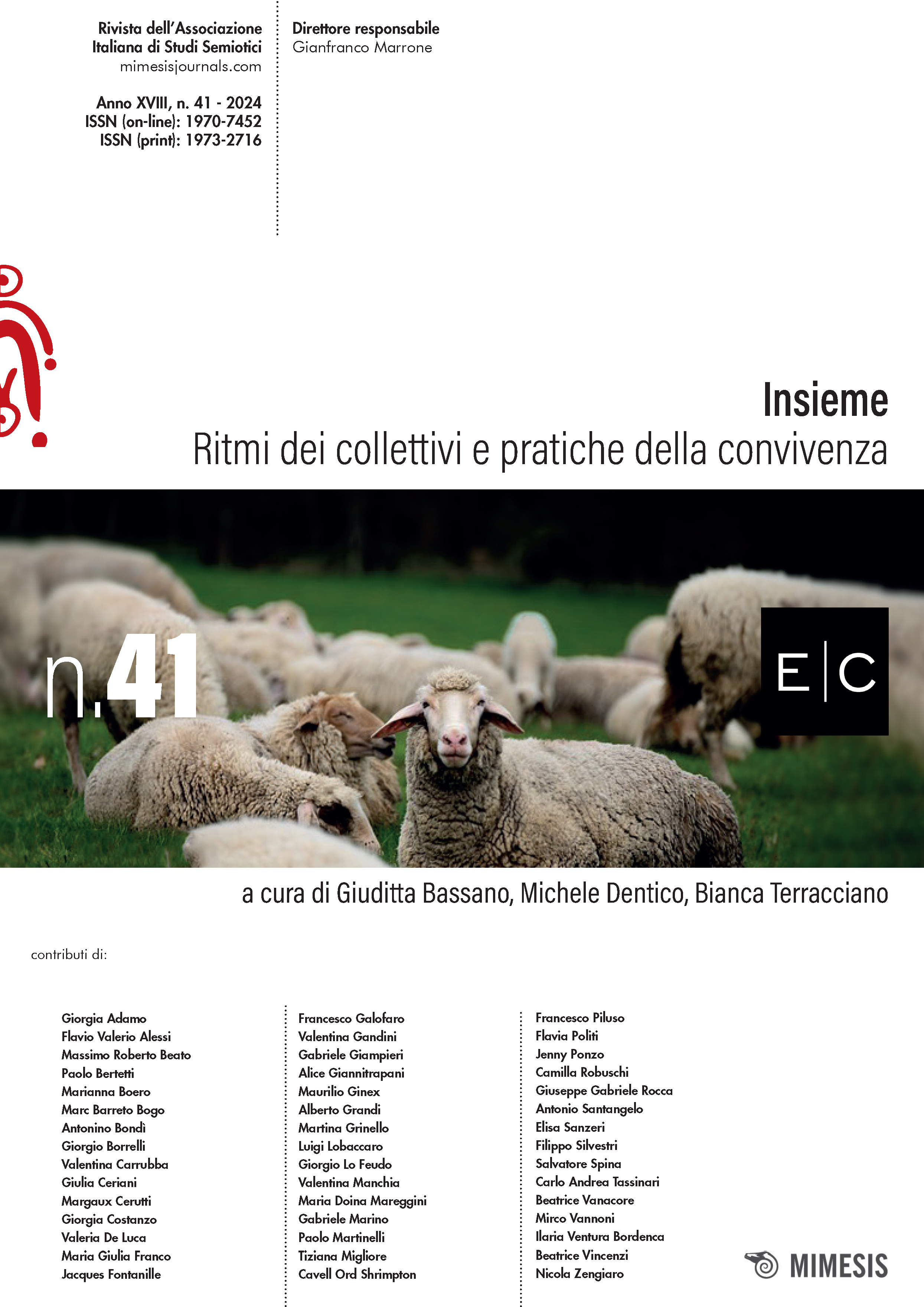Conflicting, confusing and cohabiting with digital otherness in dystopian hybrid collectives
Abstract
In this contribution one shall investigate how, in the contemporary audiovisual scenario, a few dystopian narratives describe the forms of collective living and hybrid worlds inhabited by human beings and cyborg artificial intelligences. Since our bodies qualify the subjectivity of which we can be protagonists, the aim is to understand whether a singularity of the human condition, as opposed to the machine, survives in these dystopian collectives, and whether it is (still) tied to the organic bodily dimension.
The case studies will focus on some examples in which dystopian proposals for hybrid forms of collectives are put forward: the film The Matrix (1999), the tv series Altered Carbon (2018, 2020), the film I, Robot (2004).
Finally, one shall illustrate how the human condition reveals always and for most a “gap” with respect to the machine, a “defect” – be it empathy, creativity or improvisation – an incalculable variable that one might define in terms of excess and still relate, to some extent, to the bodily dimension.



